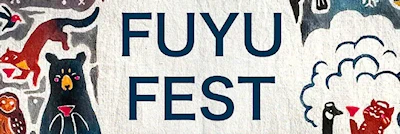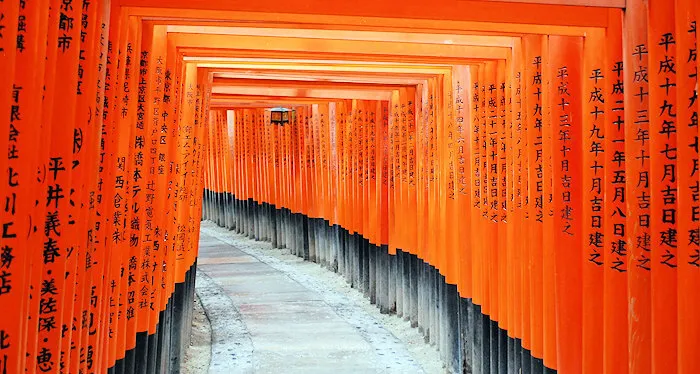Fushimi Inari Shrine (Fushimi Inari Taisha)
Event Location
Fushimi-ku, Kyōto-shi
Kyōto-fu 612-0882,
Fushimi Inari Taisha (伏見稲荷大社) is the head shrine of the god Inari, located in Fushimi Ward in Kyoto, Japan. The shrine sits at the base of a mountain also named Inari which is 233 metres (764 ft) above sea level, and includes trails up the mountain to many smaller shrines which span 4 kilometres (2.5 mi) and take approximately 2 hours to walk up.
First and foremost, Inari is the god of rice, but merchants and manufacturers have traditionally worshiped Inari as the patron of business. Each of the torii at Fushimi Inari Taisha has been donated by a Japanese business.
This popular shrine is said to have as many as 32,000 sub-shrines (bunsha (分社)) throughout Japan.
History
The shrine became the object of imperial patronage during the early Heian period.[3] In 965, Emperor Murakami decreed that messengers carry written accounts of important events to the guardian kami of Japan. These heihaku were initially presented to 16 shrines, including the Inari Shrine.
From 1871 through 1946, Fushimi Inari-taisha was officially designated one of the Kanpei-taisha (官幣大社), meaning that it stood in the first rank of government supported shrines.
Structures
The earliest structures were built in 711 on the Inariyama hill in southwestern Kyoto, but the shrine was re-located in 816 on the request of the monk Kūkai. The main shrine structure was built in 1499.[6] At the bottom of the hill are the main gate (楼門, rōmon, 'tower gate') and the main shrine (御本殿, go-honden). Behind them, in the middle of the mountain, the inner shrine (奥宮, okumiya) is reachable by a path lined with thousands of torii. To the top of the mountain are tens of thousands of mounds (塚, tsuka) for private worship.
Senbon torii
The highlight of the shrine is the rows of torii gates, known as Senbon torii. The custom to donate a torii started to spread since the Edo period (1603 - 1868) to get a wish to become true or to thank for a wish that became true. Along the main path there are around 10,000 torii gates.
Wikipeda
Authentic Japanese Gardens (United States)
Best Japanese Gardens
Japanese Rock 'Zen' Gardens (United States)
Best Japanese Rock 'Zen' Gardens
Japanese Teahouses (United States)
Best Japanese Teahouses
Japanese Museum Art
Japanese Museums Map of Japanese Museums

















